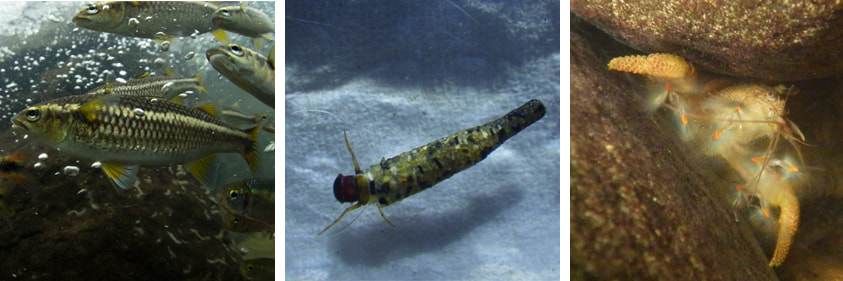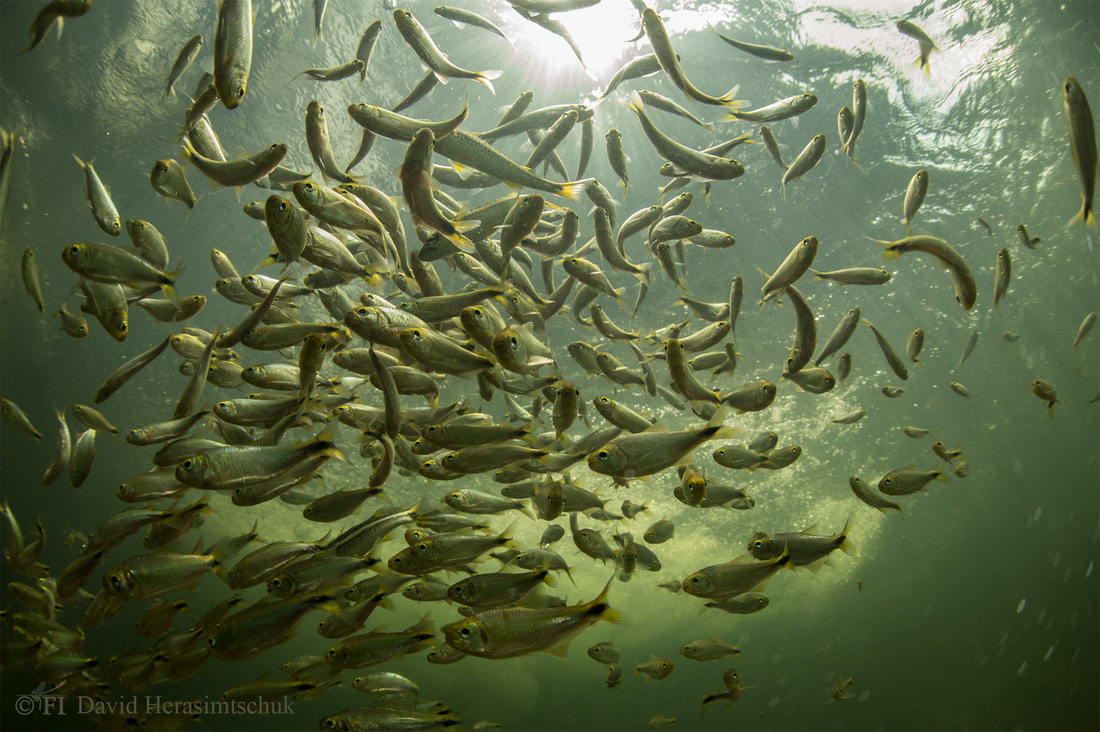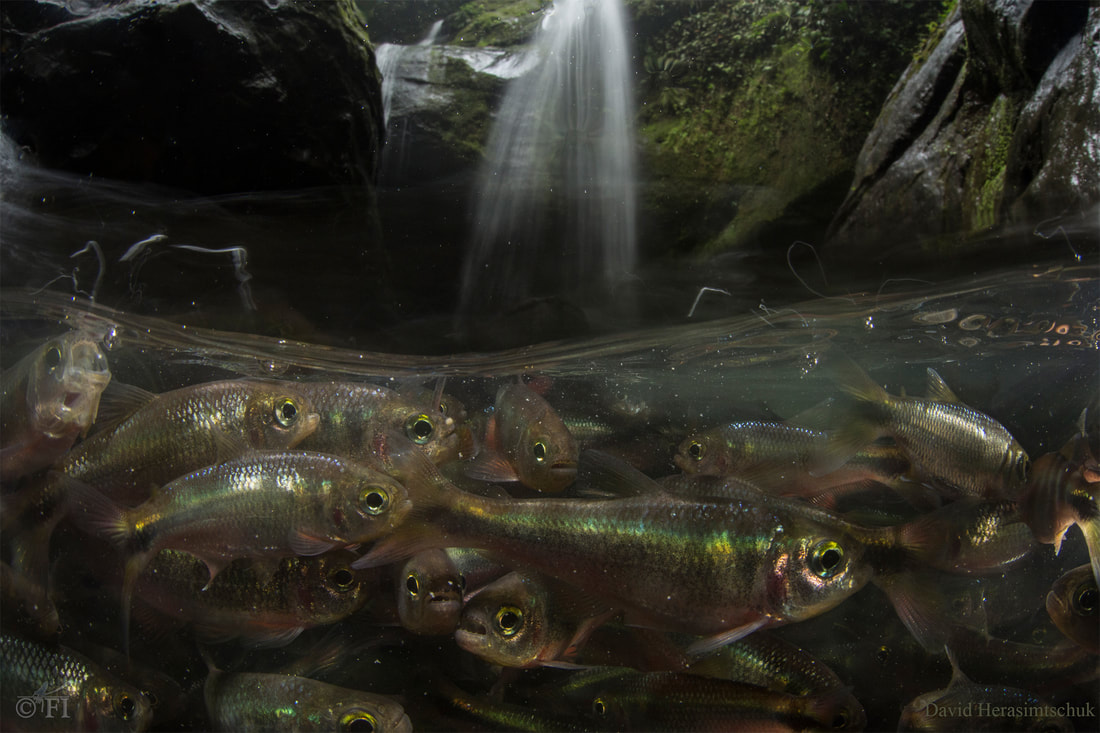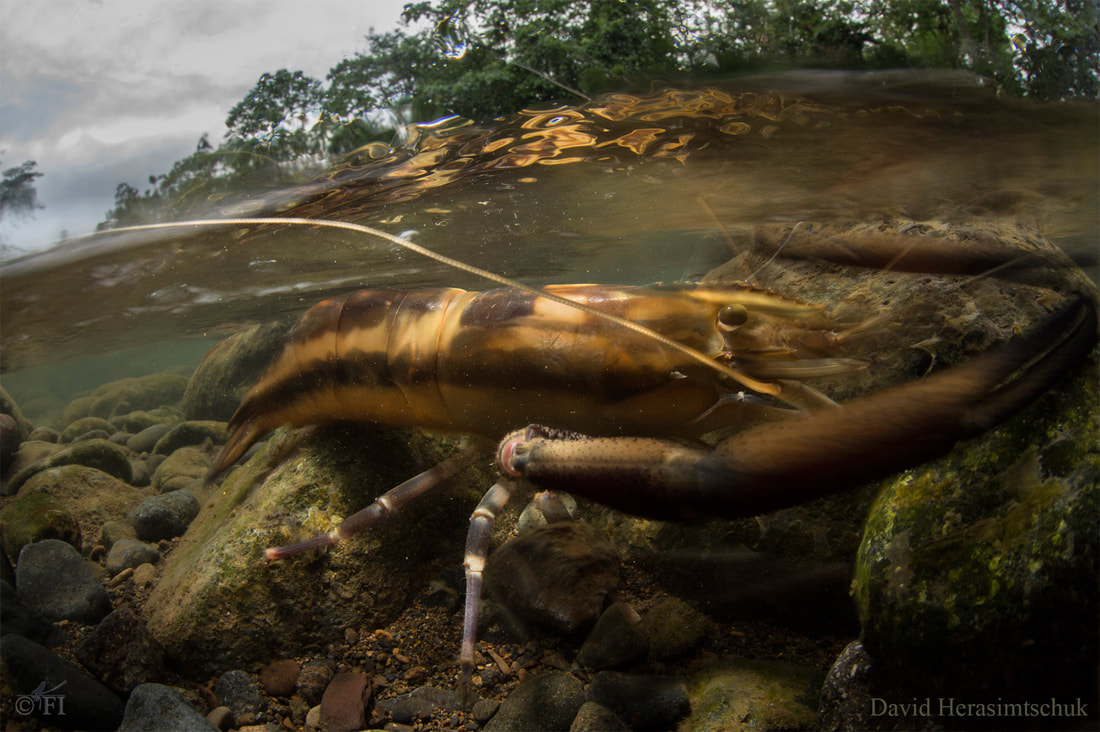|
Stream Bio-monitoring
The concept of biomonitoring flows from the realization that plants and animals reflect the health of their environment, and that it is often easier to “ask” the organisms living in a place about their environment than it is to carry out a battery of chemical and physical measurements. The Biological information is also more evocative to many people, and affords the opportunity to emphasize the value of biodiversity. Reflecting universal concern over water quality, biomonitoring methods are most frequently applied in aquatic environments, but the concept is equally applicable in terrestrial systems. Since 2000 ANAI has monitored fish and benthic macroinvertebrates (insects, crustaceans and other organisms inhabiting the substrate of streams), complemented by a simple visual index of habitat quality. Typically, biomonitoring is considered to be the province of “experts”. From the beginning, our program has sought to involve local people in the process of monitoring, analysis of results and application of the information toward conserving biodiversity, water and habitat quality. We are among the world pioneers in applying biomonitoring methods in the humid tropics, and doing so in a “citizen science” setting, putting tools in the hands of rural communities. Program Menu:
|
Biomonitoring Photography by Freshwaters Illustrated |
Copyright © 2020




